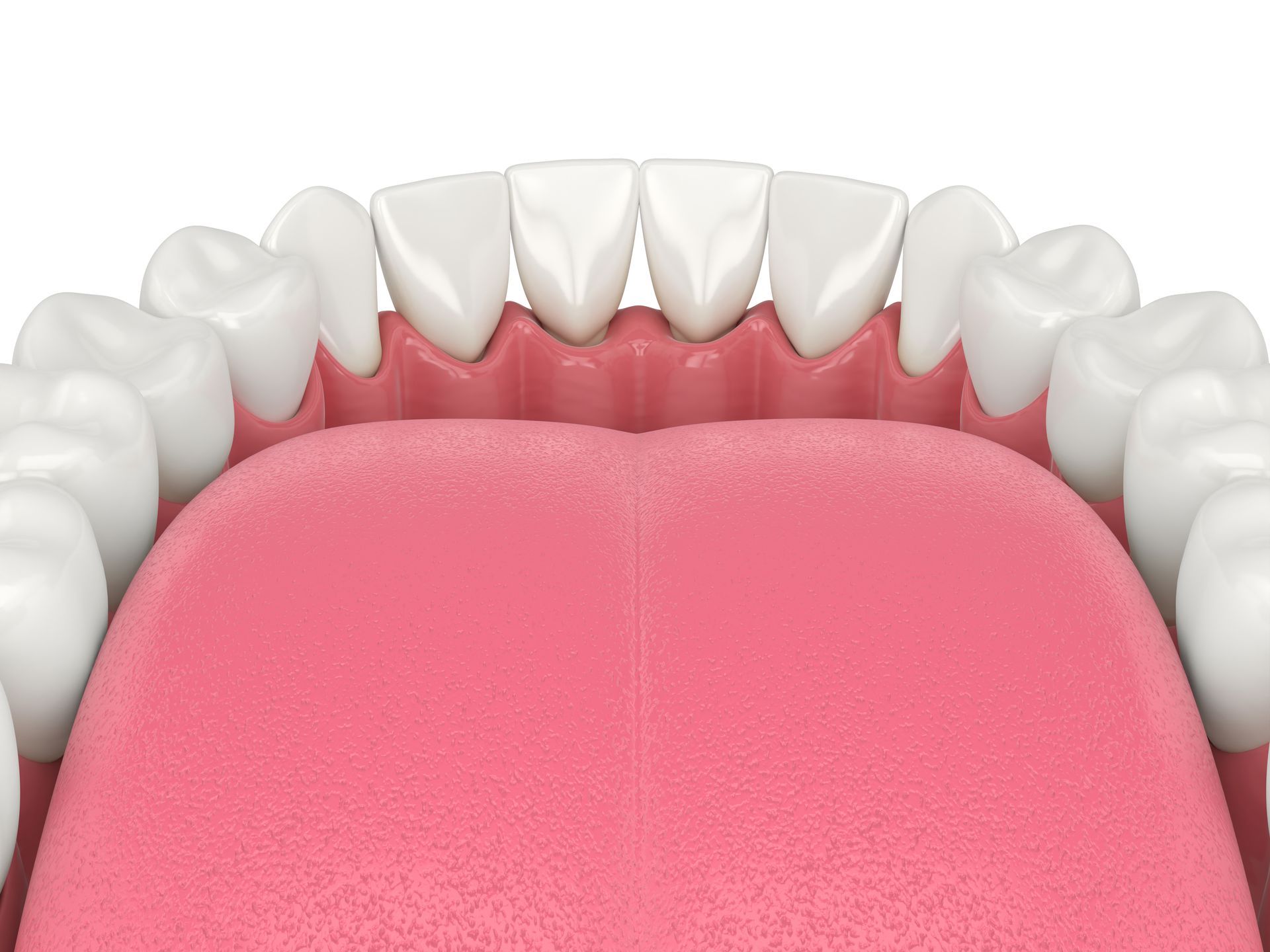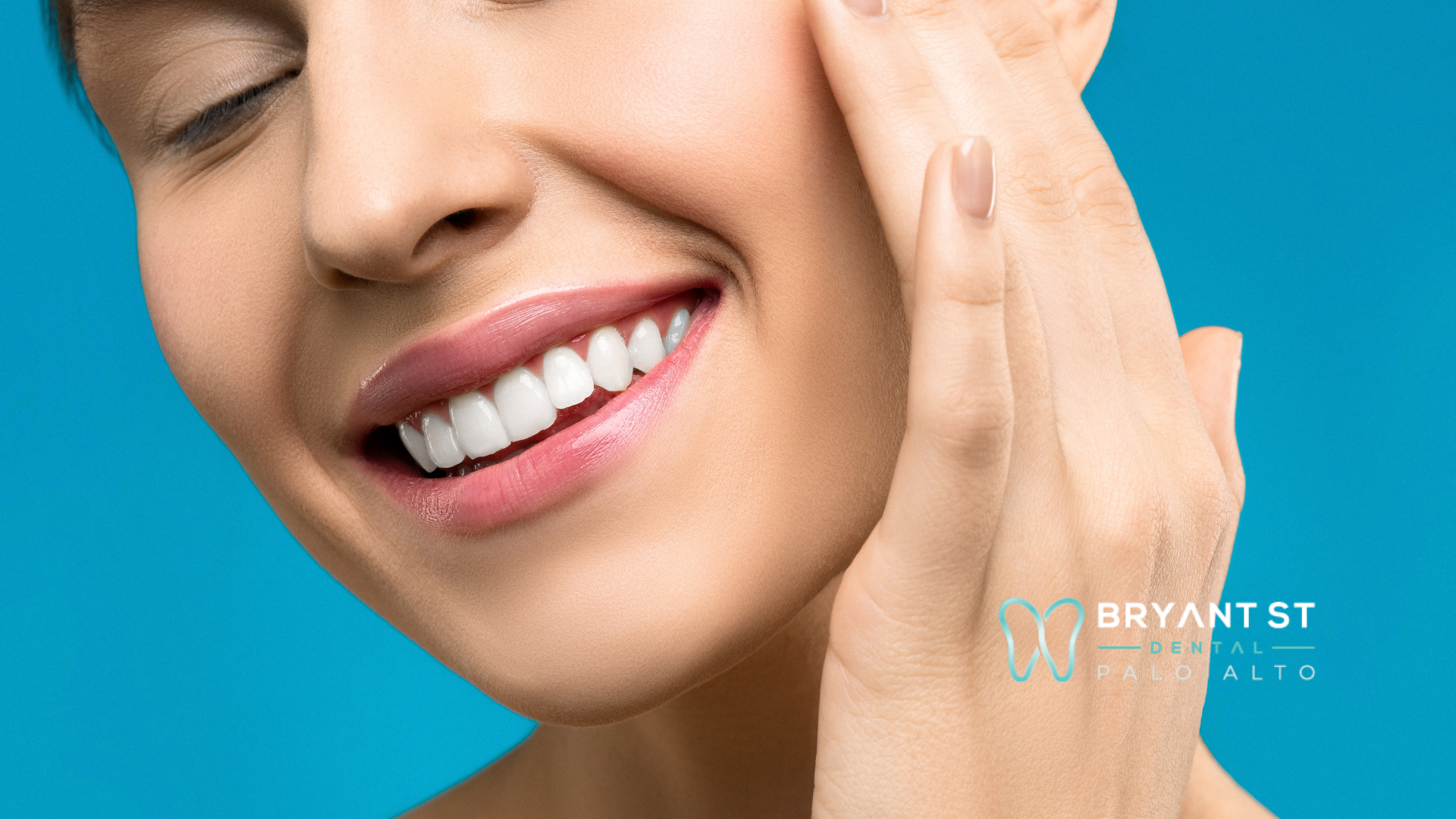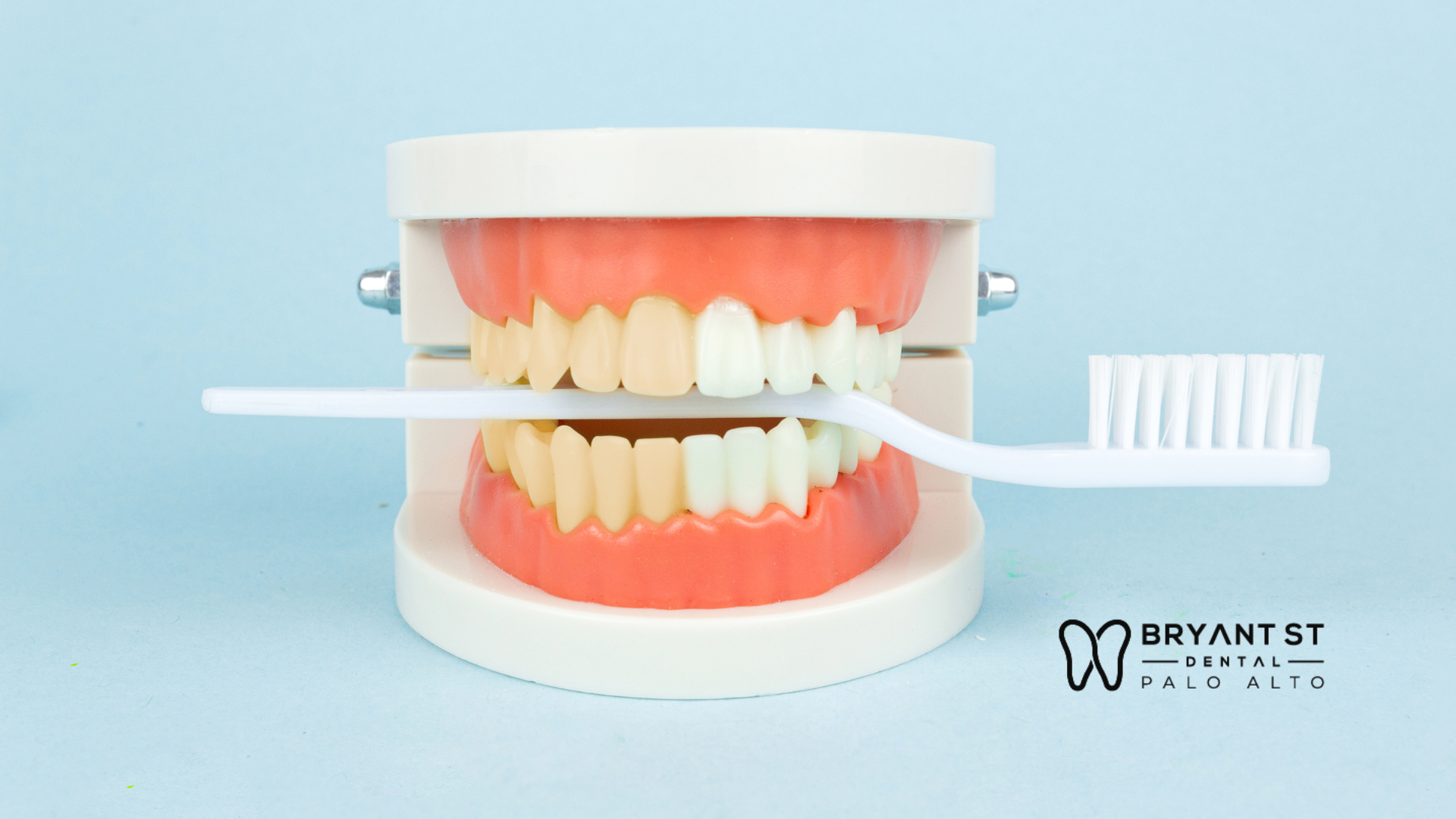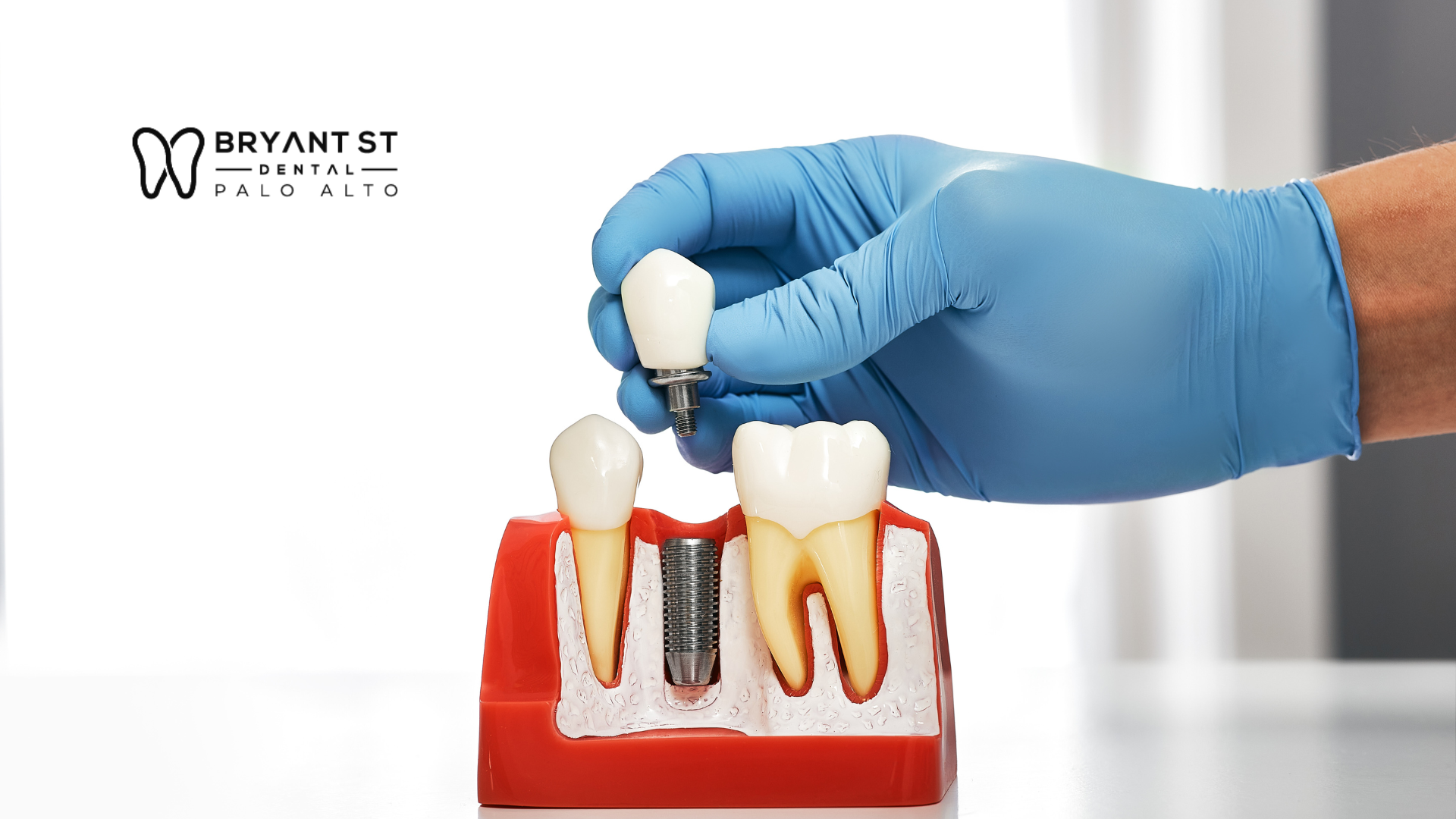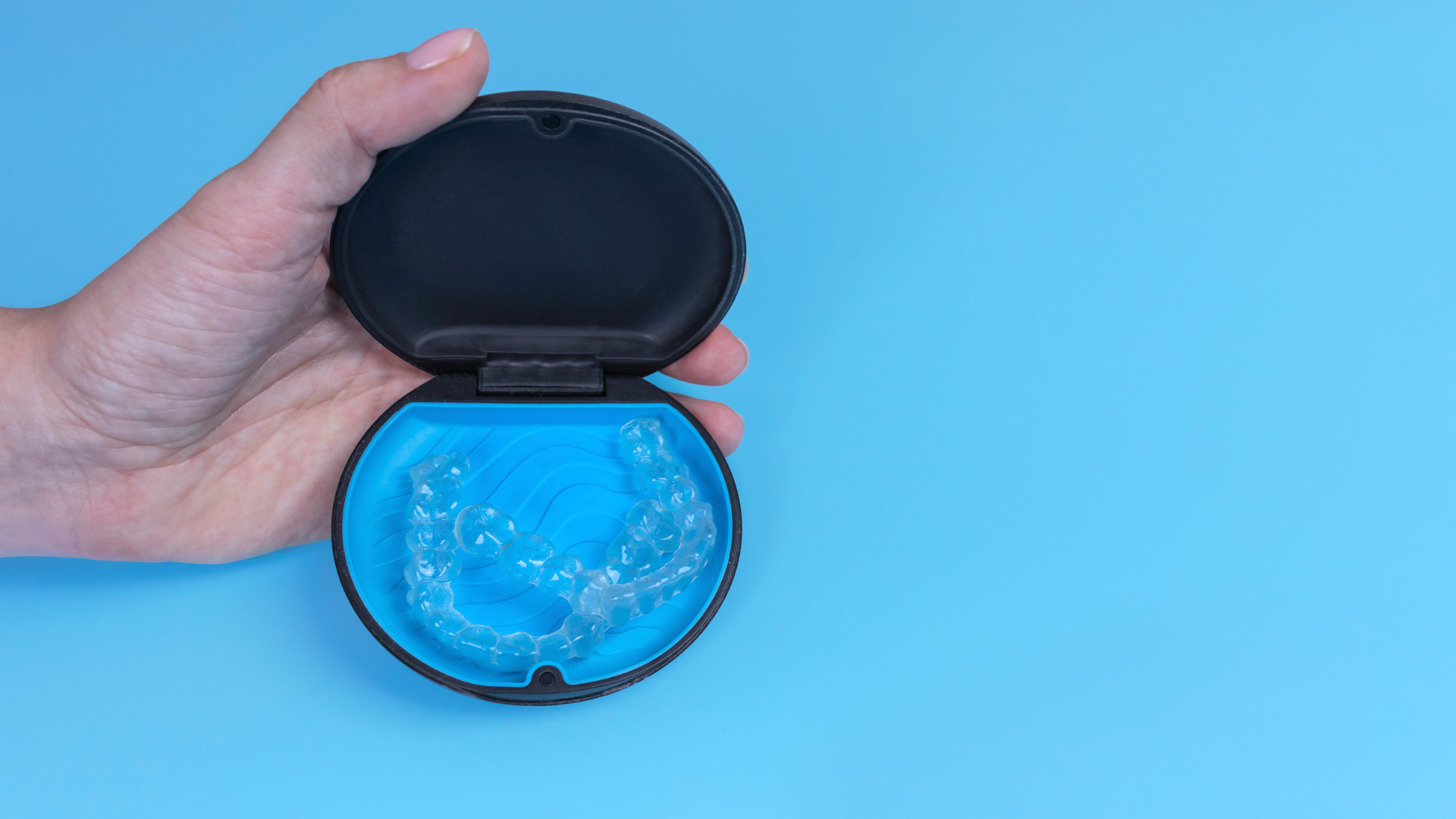Understanding Black Triangle Teeth
Definition and Appearance
Black triangle teeth, also known as open gingival embrasures, are gaps that appear between the teeth at the gum line, forming a triangular shape. These gaps are more visible when smiling or talking and can vary in size. Several dental health factors and anatomical variations influence the presence of these gaps.
Health and Aesthetic Implications
The appearance of black triangles can significantly affect one's aesthetic appeal, often leading to self-consciousness about smiling. From a health perspective, these gaps can harbor food particles and bacteria, increasing the risk of gum disease and tooth decay. Adequate dental care and hygiene are crucial in managing these spaces.
Common Misconceptions
- Black triangles are solely caused by gum disease: While gum disease can exacerbate the formation of black triangles, they can also result from tooth shape and alignment.
- Only older adults have black triangles: They can occur at any age, although they are more common as people age.
- Black triangles can't be fixed: Several treatment options are available to manage and reduce the appearance of black triangles, ranging from orthodontic interventions to cosmetic dental procedures.
Primary Causes of Black Triangles
Gum Recession
Gum recession is a primary factor in the formation of black triangles. It occurs when the gum tissue wears away, exposing more of the tooth and creating gaps. Common causes include periodontal disease, aggressive brushing, and aging.
Orthodontic Treatments
Orthodontic treatments can inadvertently cause black triangles. The natural spacing may lead to gaps as teeth are realigned, especially if the teeth do not perfectly align with their neighbors post-treatment.
Tooth Shape and Position
Teeth' natural shape and position play a crucial role in developing black triangles. Teeth naturally slender or have diverging roots are more prone to forming these gaps. Adjustments in dental restorations or crowns can also influence gap formation.
Impact of Age on Dental Gaps
Age-Related Dental Changes
Our dental structure undergoes various changes as we age, including the natural recession of gums and alterations in tooth alignment. These changes can significantly influence the formation of gaps, commonly known as black triangles, between teeth. The enamel also wears down over time, making the teeth more susceptible to decay and gaps.
Correlation Between Age and Gum Recession
Gum recession is a prevalent issue among older adults, often leading to the development of black triangles. Factors contributing to gum recession include:
- Chronic periodontal disease
- Aggressive tooth brushing
- Genetic predisposition to thin gum tissues
This correlation is crucial as it highlights the need for targeted preventive measures in older populations to manage and reduce the incidence of dental gaps.
Preventive Measures for Older Adults
To combat the formation of black triangles and other age-related dental issues, older adults can adopt several preventive measures:
- Gentle brushing with soft-bristled brushes
- Regular dental check-ups
- Using interdental brushes or floss to clean between the teeth
Emphasizing regular dental care and gentle hygiene practices can significantly mitigate the risk of developing black triangles and other dental problems associated with aging.
Oral Hygiene and Black Triangles
Effects of Improper Brushing
Improper brushing techniques can exacerbate the formation of black triangles by causing gum irritation and recession. Frequent, gentle brushing with a soft-bristled brush is crucial to prevent damage to the gum line, which can lead to these dental gaps.
Importance of Correct Brush Size
Using the correct brush size is essential for effective cleaning around and between teeth. A brush that is too large can miss the spaces between teeth, while a brush that is too small may not clean effectively, leading to plaque buildup and worsening dental health.
Preventive Oral Hygiene Practices
To prevent the formation of black triangles, it is vital to adopt comprehensive oral hygiene practices:
- Regular dental check-ups
- Daily flossing
- Use of interdental brushes
- Rinsing with an antibacterial mouthwash
Maintaining a consistent oral hygiene routine is key to preventing black triangles and other oral health issues.
Professional Dental Interventions
Initial Dental Assessment
The first step in addressing black triangles in teeth involves a comprehensive dental assessment, including examining the potential benefits of cosmetic dentistry in Palo Alto. This evaluation helps identify the underlying causes and determines the most effective treatment plan tailored to individual needs.
Treatment Options
Various treatment options are available depending on the severity and cause of the black triangles:
- Composite resin bonding: Fills gaps aesthetically.
- Orthodontic treatments: Adjusts tooth positioning.
- Veneers or crowns: Provides a more uniform look.
Long-Term Dental Care
Maintaining the results of any dental intervention requires consistent long-term care. Regular check-ups, professional cleanings, and adherence to personalized dental hygiene practices are crucial. This ensures the longevity of the treatment outcomes and helps prevent future dental issues. Finding the best dentist in Palo Alto to partner with for these long-term needs is essential for sustained oral health.
Lifestyle Factors Contributing to Dental Gaps
Smoking and Oral Health
Smoking significantly increases the risk of gum disease, leading to gum recession and the formation of black triangles between teeth. Quitting smoking is one of the most effective ways to reduce this risk and improve overall oral health.
Nutritional Impacts
A diet lacking essential nutrients can weaken gum tissue and bones, making the mouth more susceptible to dental gaps. A balanced diet rich in vitamins and minerals supports healthy gums and teeth.
Stress and Its Effects on Gums
Chronic stress can impair the body's immune response, making it harder to fight off infections that could lead to gum disease. Managing stress through meditation, regular exercise, and sufficient sleep is crucial for maintaining healthy gums.
The Role of Dental Anatomy
Natural Variations in Tooth Structure
Every individual's teeth are unique, not just in appearance but also in structure. Natural variations in tooth structure can significantly influence the formation of black triangles. These variations include the shape and size of the teeth, as well as the spacing between them. Understanding these natural differences is crucial for both diagnosis and treatment planning.
How Anatomy Influences Gap Formation
The anatomy of one's teeth directly affects how and where gaps might appear. For instance, teeth that are naturally slender or have a triangular shape are more prone to developing black triangles. Additionally, teeth alignment can play a significant role; even slight misalignments can lead to noticeable gaps.
Adjustments and Dental Corrections
Various corrective measures can be considered in cases where dental anatomy contributes to undesirable gaps. These might include orthodontic interventions to adjust tooth positioning or restorative procedures to alter the shape and size of the teeth. Each case requires a tailored approach to address the specific anatomical factors involved.
Frequently Asked Questions
What are black triangle teeth?
Black triangle teeth, also known as black triangles between teeth, are spaces or gaps that appear between adjacent teeth at the gumline. These triangular-shaped gaps can be visible when smiling or talking and have aesthetic and oral health implications.
What causes black triangles in teeth?
The leading causes of black triangles include gum recession due to aging, smoking, or periodontal diseases; wrong brushing techniques; and diverging tooth roots following orthodontic treatments.
How do black triangles affect oral health?
Black triangles can trap food and harbor plaque, leading to gum disease and tooth decay. They can also affect speech and make individuals appear older.
What are the standard treatment options for black triangles?
Common treatments include Interproximal Reduction (IPR), cosmetic bonding, and braces to adjust tooth spacing and alignment.
Can improper brushing contribute to the formation of black triangles?
Yes, brushing aggressively or using a brush that is too large can damage the gums and cause black triangles to form.
What preventive measures can older adults take to avoid black triangles?
Older adults should maintain good oral hygiene, use the correct size of a toothbrush, and regularly visit the dentist for check-ups and professional cleanings to help prevent gum recession and black triangles.

